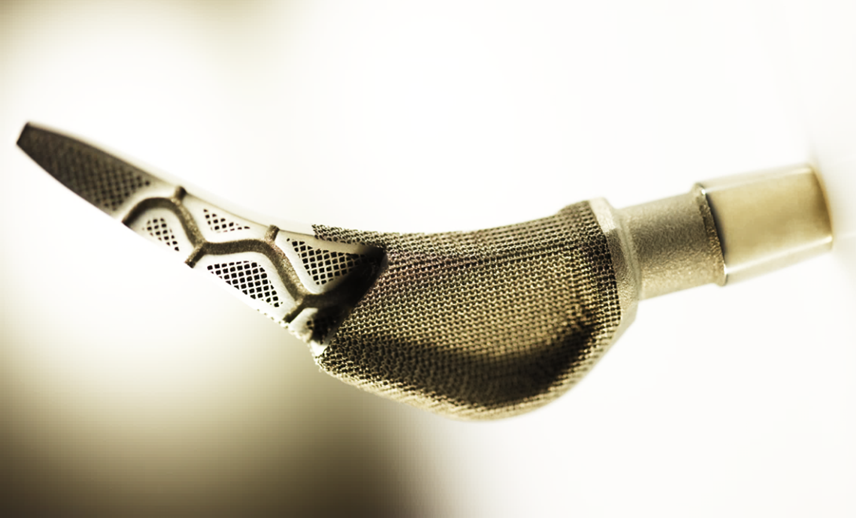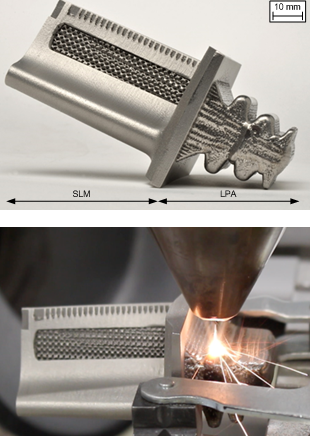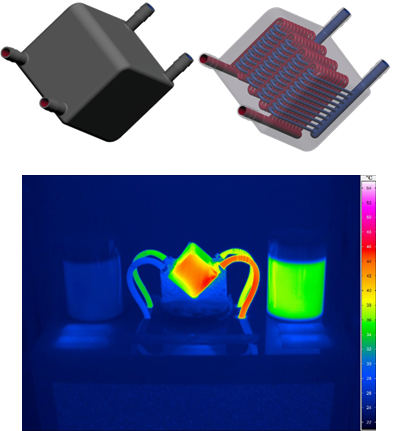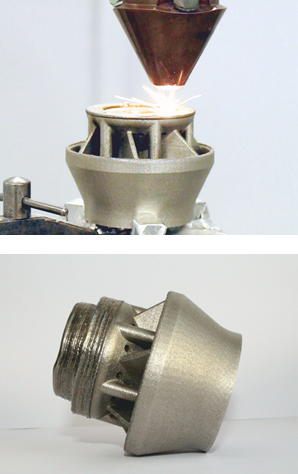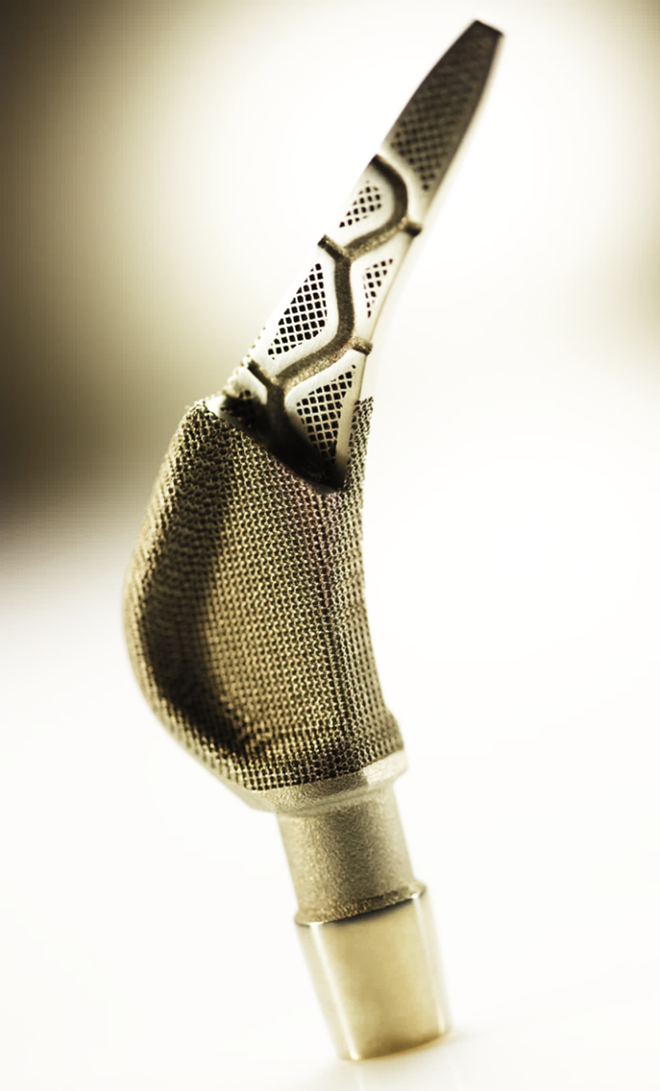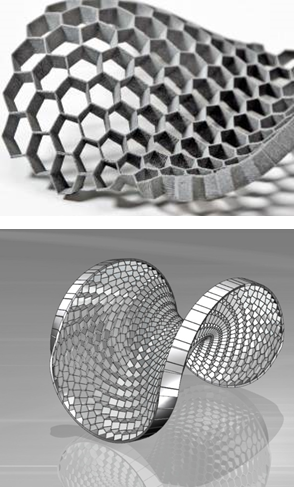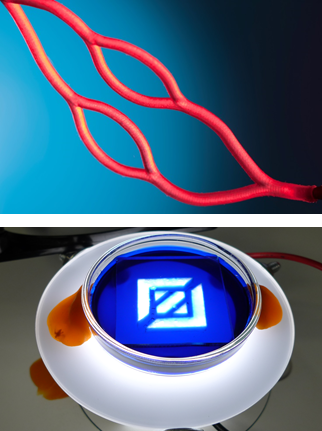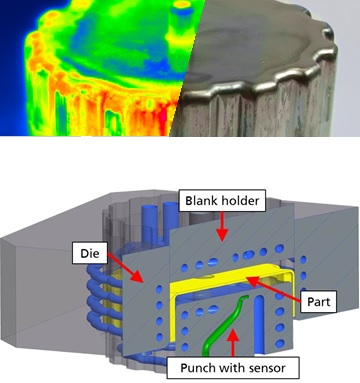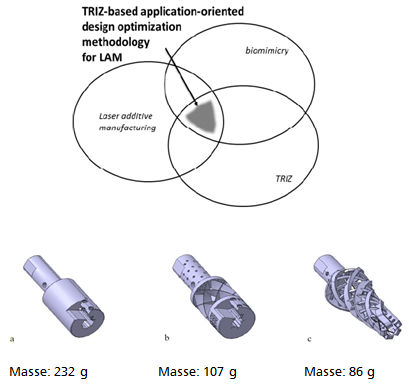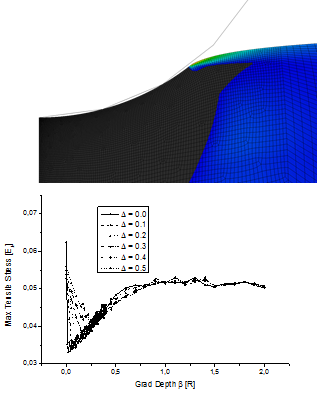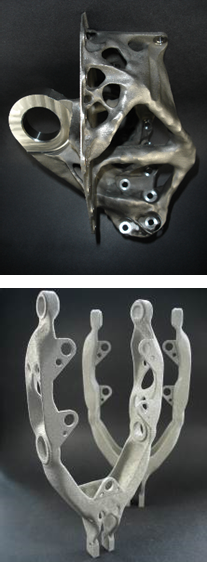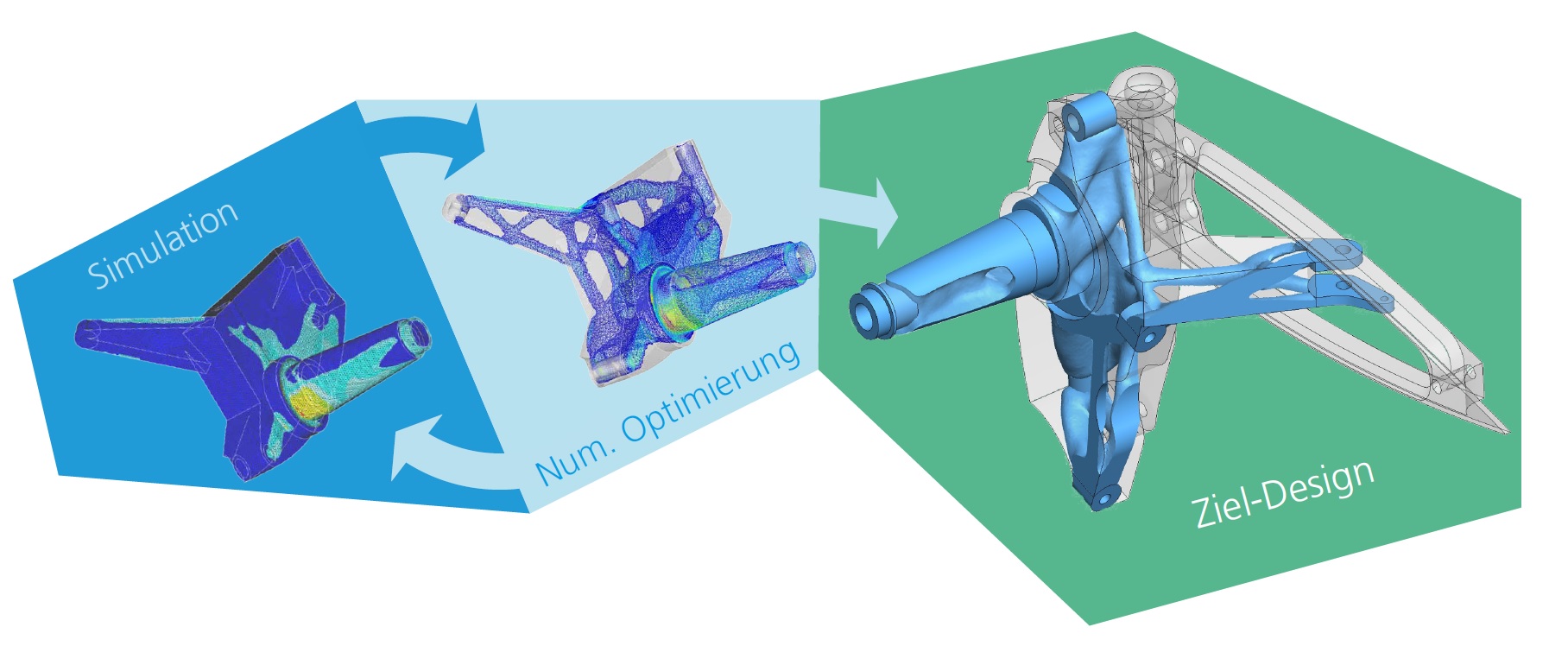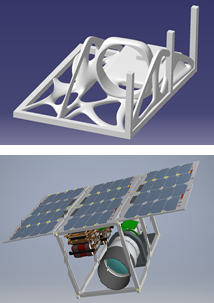Additive Manufacturing Process Step Simulation Concomitant to Development
Expertise in Simulation Concomitant to Development in Additive Manufacturing
The software tool VINCENT for planning motion and simulating robots in additive manufacturing of large parts is being developed in an ongoing project.
VINCENT visualizes processes and verifies the accessibility of every path for additive manufacturing of parts, detects collisions, and thus optimizes the workspace and paths of motion.
The tool also performs a complete and verifiable range of motion analysis during additive manufacturing (generation of a safety zone for every component).
Simulation concomitant to system development shortens development and commissioning times by testing geometry and function before manufacturing commences.
The tool’s function is being tested, upgraded and optimized in the project HP3D.
Publication:
Klaeger, U.: Hybrid Manufacturing of Large Parts with Industrial Robots. In Proceedings of the 7th International Conference of Polymers & Moulds Innovations Ghent, 21-23 September 2016, pp. 28-33. ISBN 978-9081313605.
Contact:
Fraunhofer IFF, Dr. Andriy Telesh, andriy.telesh@iff.fraunhofer.de, +49 391 4090 230
